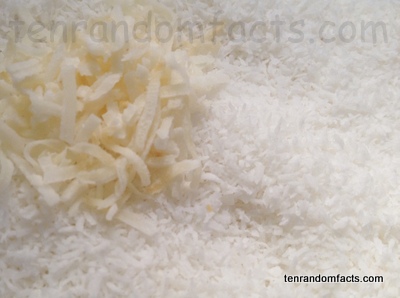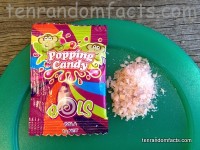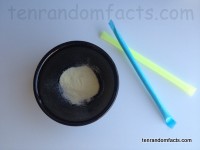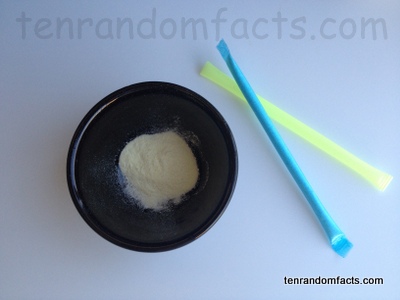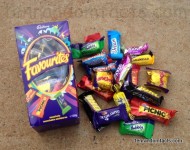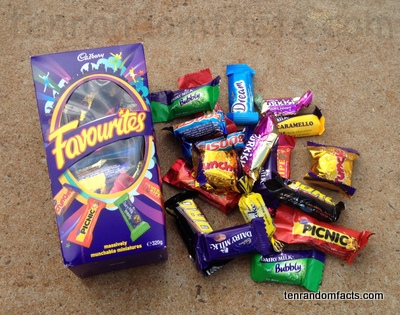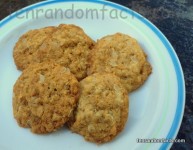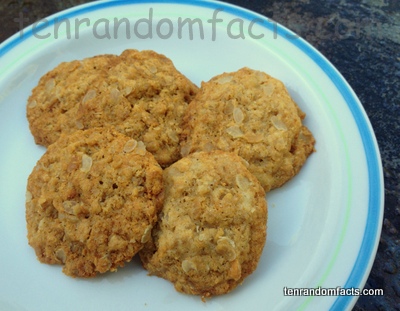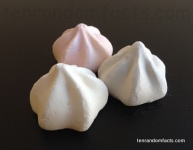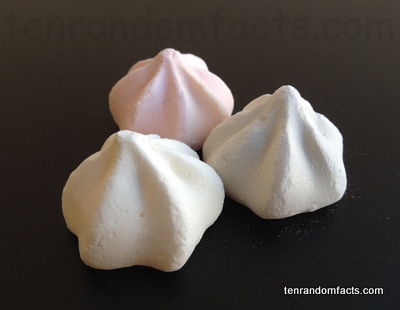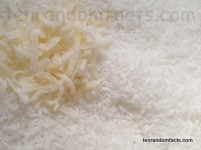
Delicious desiccated coconut.
- Desiccated coconut is generally grated coconut meat, that lacks much liquid content, if any, due to it being dried.
- A variant of desiccated coconut, ‘dried coconut’, can be purchased, although it contains more moisture than desiccated.
- Desiccated coconut often comes in the form of a coarse powder, flakes or shreds, that vary in size and generally contain no more than three percent moisture.
- Desiccated coconut that has had sugar added to it during the production process, is known as a ‘sweetened’ version, and it is often used in sweet dishes.
- On contact, moisture is absorbed into desiccated coconut, causing it to swell and grow in size.
- The typical colour of desiccated coconut is white or a creamy white, similar to fresh coconut meat.
- Desiccated coconut is best stored in a dry location, away from light and in cool conditions.
- In cooking, desiccated coconut is used to add texture, taste or visual appeal to a dish, most commonly in sweets, ranging from desserts to baked goods, and it is often used as an outer coating on sweet, rolled balls of food, and the product can also be blended to make coconut butter.
- Lower quality desiccated coconut features discoloured spots or dark brown flecks; the latter caused by the accidental inclusion of coconut skin.
- Desiccated coconut is very high in manganese and fat, and it is high in fibre, copper, magnesium and phosphorus.
Bibliography:
What is Desiccated Coconut?, 2013, P.T. Harvard Cocopro, http://www.harvardcocopro.com/Desiccated_Coconut.html
What is Desiccated Coconut?, 2015, WiseGEEK, http://www.wisegeek.org/what-is-desiccated-coconut.htm





